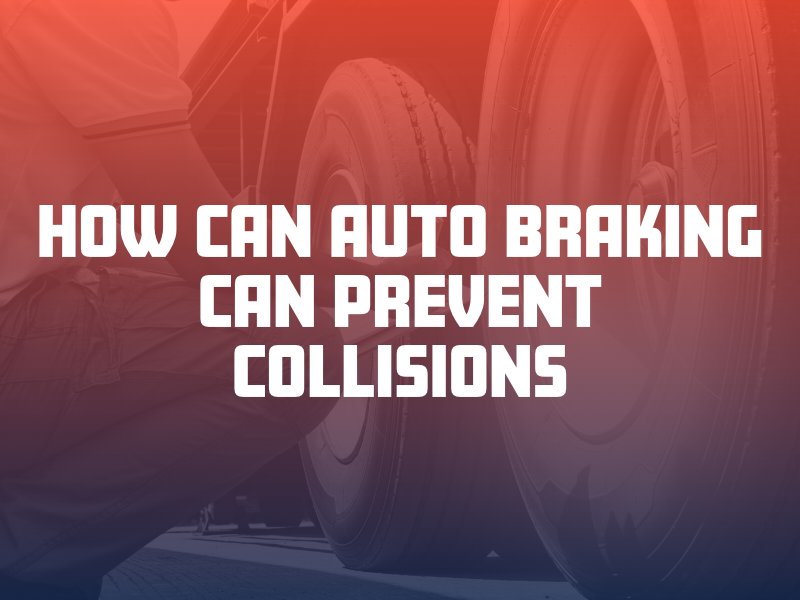Truck platooning is a relatively new technique that trucking companies have been attempting to use to save money on fuel. It uses cutting-edge technologies to keep multiple big rigs close together, similar to a convoy. The real-world application of truck platooning, however, has received mixed reviews. Here are four key things to know about truck platooning and its potential future in New Mexico.
What Is Truck Platooning?
Truck platooning refers to two or more semi-trucks traveling together in a line. The trucks use smart driving technologies to remain close together and communicate in real time. This connects the vehicles more closely, efficiently and safely than attempting a traditional convoy without smart technologies.
The technology links all of the trucks together in an invisible chain. The technology used in a platoon typically includes GPS, cameras, sensors, automation software and communication equipment. While this tech assists in keeping the platoon together and in sync, the trucks require human drivers in each semi to do the actual driving.
What Are the Benefits of Truck Platooning?
The concept of truck platooning developed as a potential way for large trucks to save money on fuel by operating more efficiently. With technology enabling multiple semi-trucks to operate close together (as little as 65 feet, in most trials), the trucks will use less fuel. Estimates place fuel savings at around 4 percent. Platooning could also help prevent accidents by automating many actions that leave room for human error, such as braking.

In a platoon, actions such as applying the brakes are assisted using advanced automotive technologies. This allows the trucks to slow down or brake together. Auto braking allows the trucks to stop with a less than one-second reaction time, which can prevent rear-end collisions and provide safer conditions for truck drivers and others who share the road. It also reduces the required following distance between large trucks, which can potentially decrease traffic congestion.
What Are the Drawbacks of Truck Platooning?
In theory, truck platooning has great potential to improve trucking efficiency, reduce carbon emissions, save money on fuel and prevent truck accidents. In practice, however, not all truck platooning trials have been successful. For truck platooning to succeed enough for trucking companies to reap the benefits, everything must work correctly. There are a lot of moving pieces involved and many opportunities for things to go wrong.
For example, a truck’s brake wear and fluid levels can affect reaction time during linked driving. This could lead to a truck responding improperly or too slowly to the driver’s actions. For this reason, all trucks in the platoon must be on the same preventive maintenance schedule. If two or more different fleets wish to platoon together, this requirement can create conflicts. In addition, fuel savings appear to be based on what position a truck is in within the platoon. This can make it difficult to assign positions in the platoon since some will get better fuel savings than others.
How Does Truck Platooning Affect Accident Risk?
Truck platooning has been touted as a way to decrease crash risk by reducing human error. It may lower the odds of rear-end collisions, for example, by controlling the distance between large trucks and applying the brakes simultaneously. However, continued testing is needed to determine the safety and fuel efficiency of truck platooning. If the technology experiences a glitch or the truck equipment is poorly maintained, it could cause accidents. It may take several years for trucking companies to successfully implement platooning into their business models, if at all.
If you have been injured in a truck accident in New Mexico, contact The Fine Law Firm for a free case consultation. You may be eligible for financial compensation from the trucking company.

